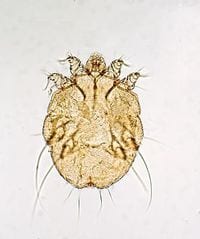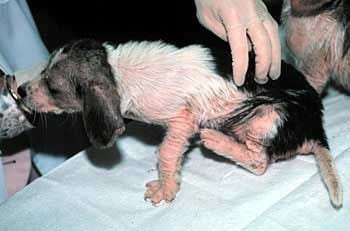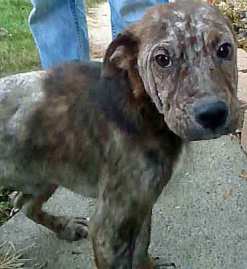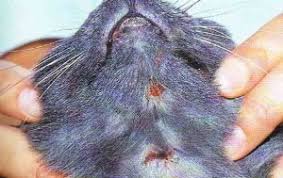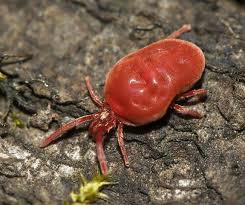By Dr. Kathy Enright
Our FINAL stop on the ‘mite train’ is Scabies, Demodex & Harvest Mites
- Sarcoptic Mange (SCABIES): infection with a microscopic, parasitic mite Sarcoptes scabei. Sarcoptes is contagious, and most dogs catch the disease via direct contact with infected individuals. People and cats can also be transiently infected. These animals tend to be extemely itchy with reddened skin. Infection often begins in the sparsely-haired areas like the ears, elbows, and abdomen but can and will spread all over the body if untreated. This is a terribly uncomfortable condition and also compounded by secondary bacterial, fungal & yeast infection that make our pets even itchier, and make diagnosis trickier as there are so many infections occuring at the same time.

- Demodectic Mange (DEMODEX): demodectic mites can be found in small numbers in healthy dogs’ skin. Most commonly seen in young dogs without fully functioning immune systems, or in dogs that are otherwise immunocompromised. Patchy hair loss with relatively normal looking skin underneath is the hallmark of this condition, this image shows how severe it can be. But note how the skin is not red & angry as with Sarcoptes. .

There are 3 forms of Demodex.
- Localized form: Mild to moderate itching may or may not be present. About 10% of local cases go on to become generalised.
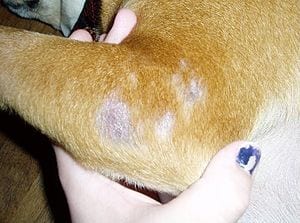
- Generalized form: hair loss may be wide-spread, the skin obviously abnormal, and itchiness severe. Usually multiple locations like the ear, elbows, stomach & then progress to everywhere in its severest form.
- Pododermatitis form: affecting just inbetween the toes of the feet. Bull dogs and bull dog-crosses have a predisposition to this form.
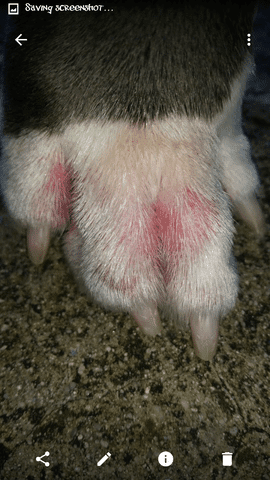
Diagnosis:
Skin Scraping:
These mites live within the hair follicles so a skin scrape using a blade is required. If skin scrapings reveal either of these mites, a diagnosis can be made. An odd Demodex mite can occur in healthy dogs, it is when there are excessive demodex mites that allows you to give the diagnosis. A tentative diagnosis is often reached based on a dog’s clinical signs and response to treatment.
Treatments
Spot-on treatments, tablets and injections, can all be used to treat mange. Determining which option is best depends on a dog’s breed, health, and other considerations. Every dog in the home should be treated to prevent animals from re-infesting each other.
Mild forms of demodex mange can be self limiting, but in older or infirm animals the underlying cause of the immunosuppression should be investigated if you want to bring it under control. Diseases such as cancer, hypothyroidism, heartworm cases, can all predispose our pets to developing mange.
The last mite infection we need to discuss is Harvest mites.
- Harvest mites (CHIGGERS): are mites which live on the surface of the skin, they do not burrow into the follicles and hence are visible to the human eye. They are commonly known as ‘Chiggers’ or red bugs, and are found in grassland and forest areas. They can cause a transient rash like infection around the ankles in people but it is usually self limiting. Harvest mites tend to cause a problem around Autumn time.


Here at Clare Street Vets, Limerick and Shannon Vets, Drumgeely, we would be happy to recommend a preventative product so you can avoid all of these nasties!

